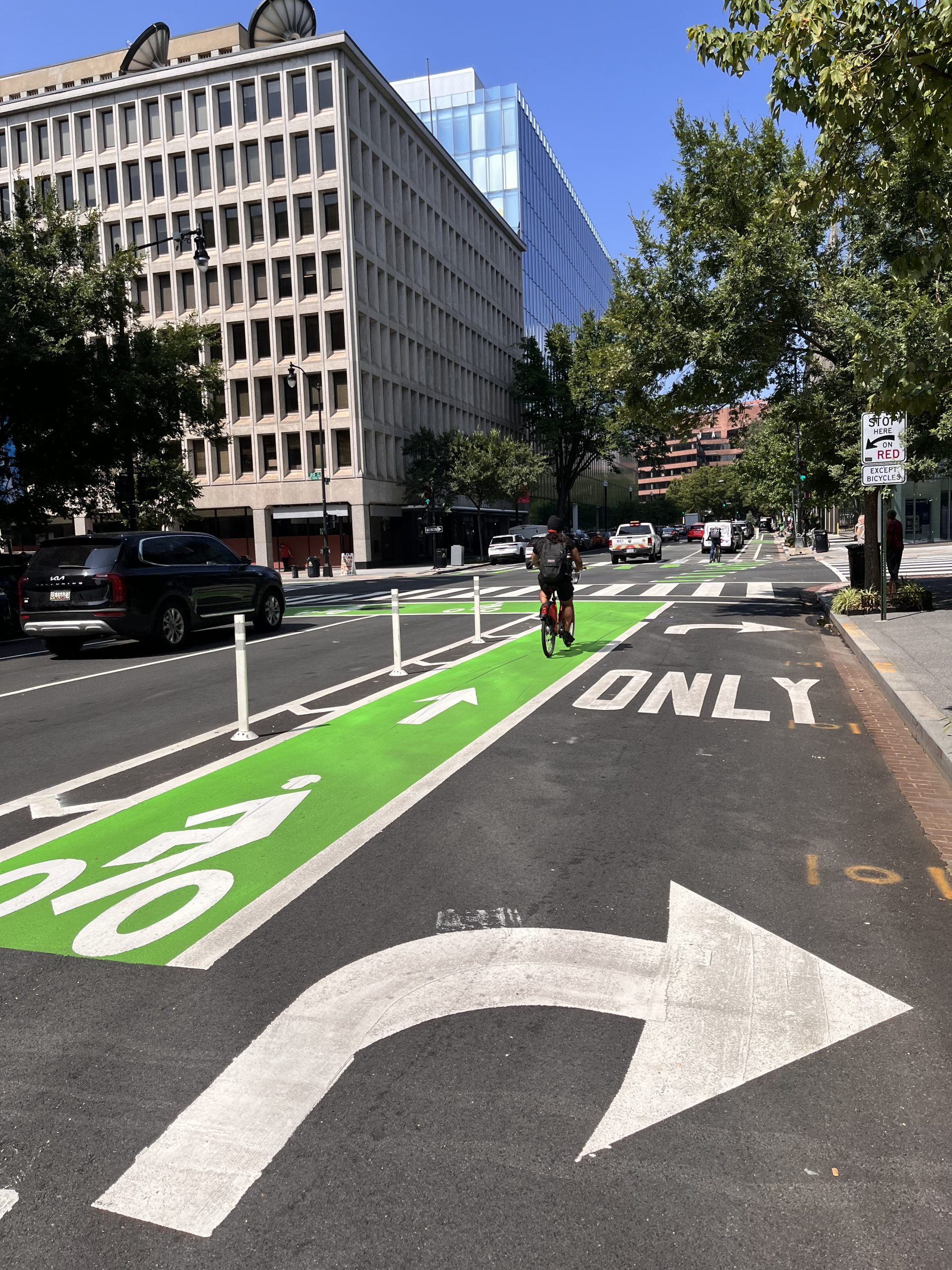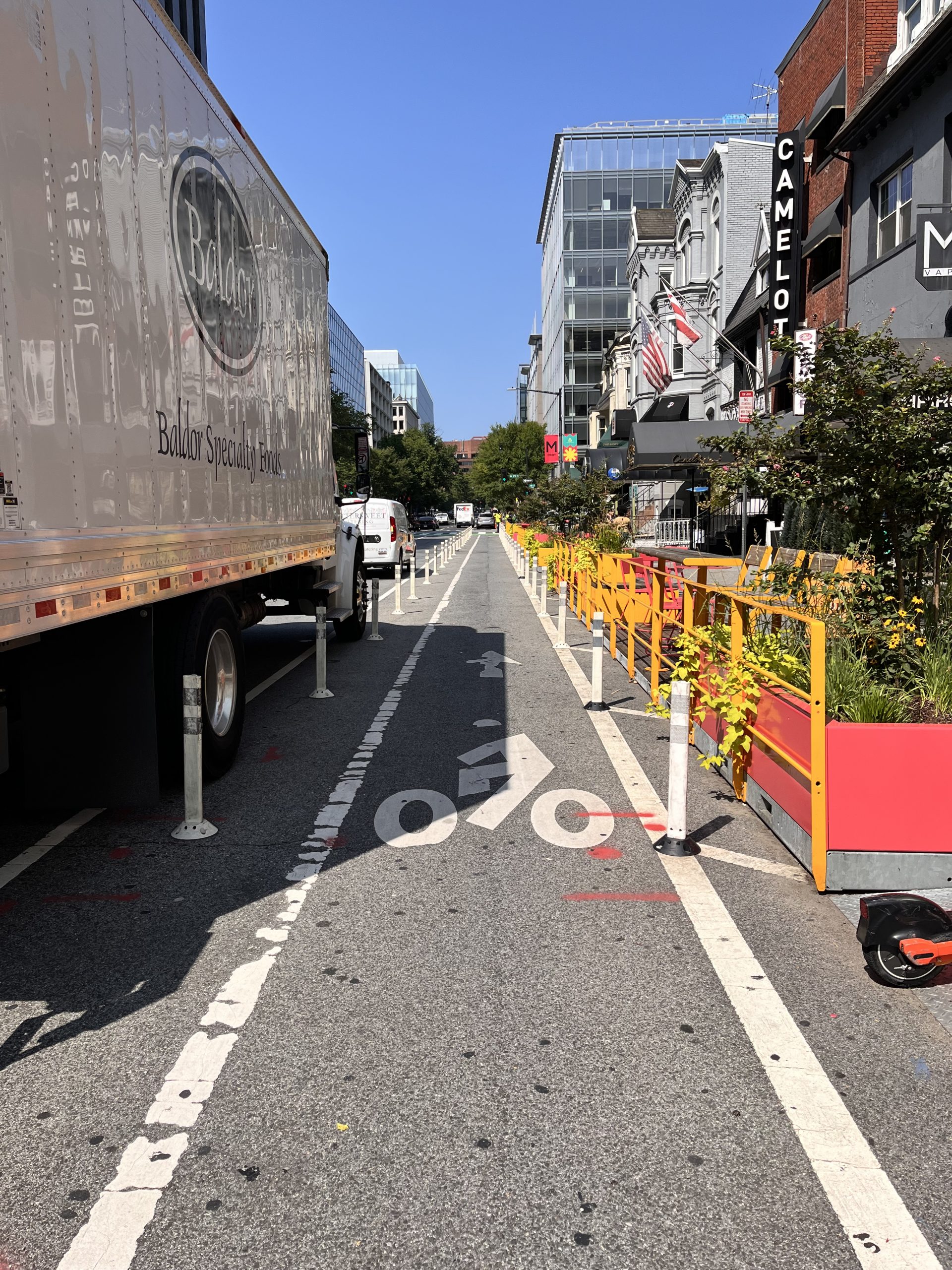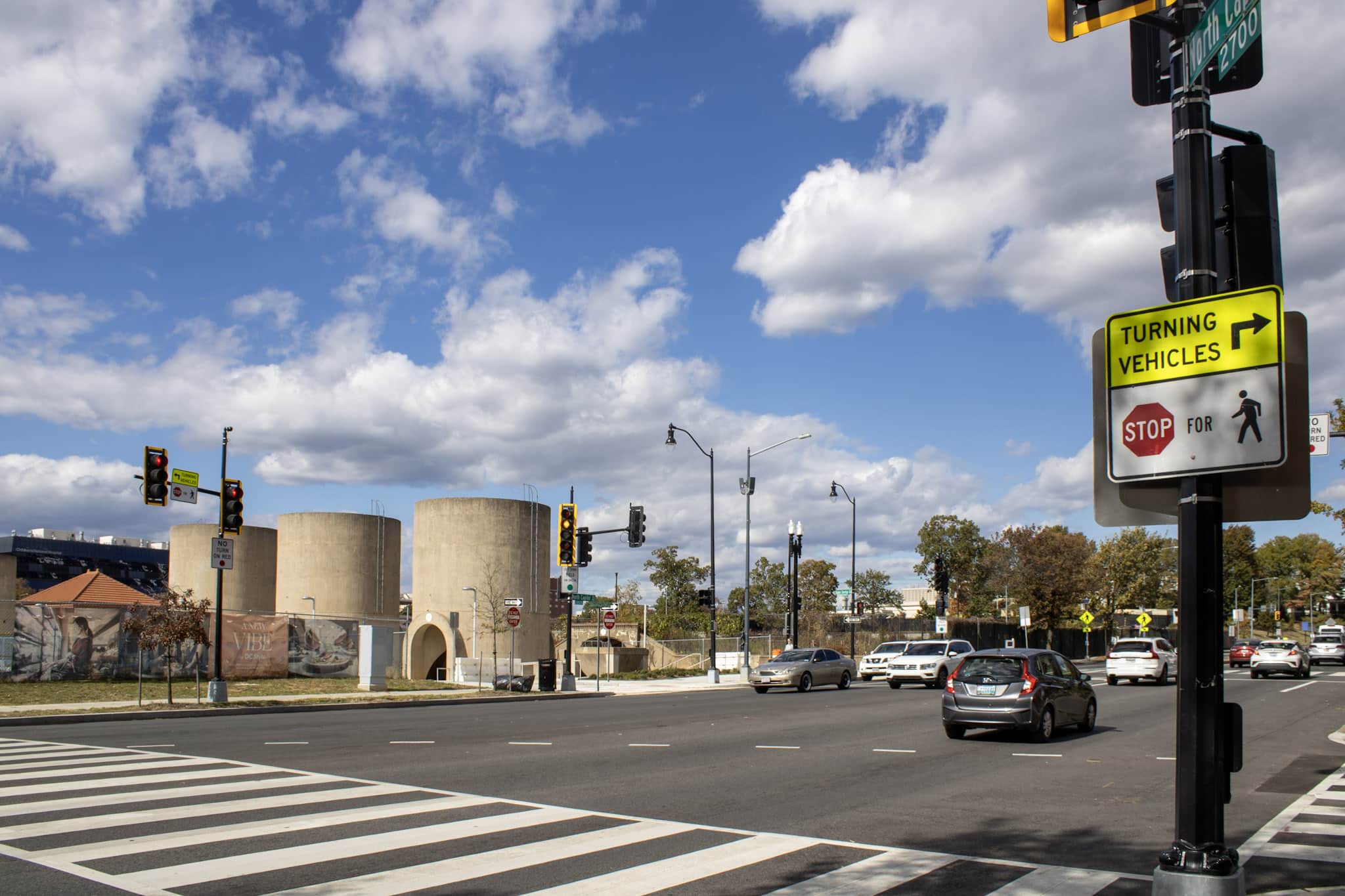
Why City Dwellers Should Embrace Biking: A Guide to Commuting Benefits
I have found that living in a city comes with numerous benefits; I have more options for entertainment and dining, walkable destinations, access to public transportation, increased social ties to my community, and more. Since goods and services are close in proximity, possessing a car is inherently less efficient and inequitable for their land use in urban space. When people drive to work, their cars spend the majority of the time in garages, leaving space that the city could use for other purposes. Biking to work creates a way for individuals like me to quickly navigate through DC in an affordable and sustainable fashion. Knowing these associated benefits and how to successfully operate within the urban context helps me as a Transportation Planner at Gorove Slade make informed and equitable decisions. The three biggest benefits I have found biking to work in DC are the following:
Cost Savings
Owning and operating a car in DC is not a cheap expenditure. Drivers pay for gas, parking, and high repair/maintenance fees. When moving to DC, I did not have a car and did not intend to buy one in the foreseeable future. My Aventon Level.2 Commuter e-bike averages 60 miles per charge and has a battery capacity of 636 (Wh). With electricity in Washington, DC averaging $0.16 per kWh, my total fuel cost for the year is $6.35. Biking is an affordable mode of transportation for people like me looking to quickly get around the city without having to break the bank. Bike parking is always free, and maintenance costs are reduced. Besides commuting, I consider biking an economical option for running errands and making short trips.
Biking is Better for the Planet
With the growing presence of Single Occupancy Vehicles (SOV) commuting in and out of cities, substantial amounts of fossil fuels are being released into the atmosphere, leading to increased greenhouse gases and adverse weather patterns affecting the livelihood of city dwellers. Bicycles do not add to an already demanding issue. My e-bike includes a feature that displays the number of trees I am “saving” each day from biking. Owning and operating a vehicle in DC can be seen as unproductive since they spend their time parked in the street or in a garage. When they are being used, they are loud, making it difficult to hear, which could result in increased crashes and injuries. Biking combats this hurdle and helps cities fight noise pollution.
Biking is good for your health
In combination with sitting in traffic and then at a desk for most of the day, the average person does not experience enough movement. Biking offers a solution for my physical and mental health. Since I am busy the majority of the day, biking offers me an outlet to be physically active, and in return, improves my cardiovascular and brain health. My commute becomes a part of my daily exercise routine.
Why is safety important?
As an urban dweller, my safety is top priority. I do everything I can to better protect myself whether I am in a bike lane or sharing the road with motor vehicles. While the points above discussed the benefits of biking to work, it is important for bikers to be aware of how they can enjoy their commute while practicing safe habits. With the increased presence of cars on the streets of DC and its associated congestion, it is important for individuals to have access to other forms of transportation that are dependable and safe for all user types.
When navigating through the urban context, riders should put safety ahead of anything else and should wear the appropriate equipment so that they protect themselves in case of an incident or crash. I do not wear headphones when biking through DC, and a standard helmet is typically what most bikers wear. In addition, bikers should wear padded gloves in the event of an incident and should also wear reflective gear at night to help with visibility. While DC is home to a wide network of bike lanes that is continually expanding, it is always important to preplan your route and take the path that provides bikers and other micro-mobility users with the easiest and safest route.

Through a Transportation Professional ’s Lens
While it is important for bikers to wear and practice safe biking habits, there is only so much a rider can do to protect themselves. That is why, as a transportation planner, it is my responsibility to equitable roadway design and investment. In terms of the DC budget, bicycle infrastructure is cheaper than accommodating for cars through roadway expansion projects. These savings in costs can be diverted to more innovative/creative roadway designs that encourage different forms of transportation.
Given what I do professionally, it is important to extensively use the systems we are designing in DC. If located within a relatively short distance of our projects, we are more likely encouraged to put in a greater effort in terms of quality since we will be using the bike lanes. I find having firsthand knowledge provides critical insight and fosters a deeper connection to the needs of the community. It also allows for any practical issues to be addressed that might not have been as obvious from a conceptual perspective. If less attention and resources are used for bike facilities, the chances of having incomplete or inadequate bike infrastructure are increased. This introduces the “interested but concerned” rider—people willing to bike only if high-quality infrastructure is in place.

In Conclusion
Biking to work provides users with benefits they would not see when driving. As more people begin to flock to urban areas, municipalities and agencies have a responsibility to design their transportation systems to accommodate cars, bikes, and other forms of micro-mobility, such as scooters, skateboards, and shared bicycle fleets. At Gorove Slade, we are continuously working to design infrastructure that meets the safety needs of bikers such that they are given adequate resources to ensure a safe and enjoyable ride.
